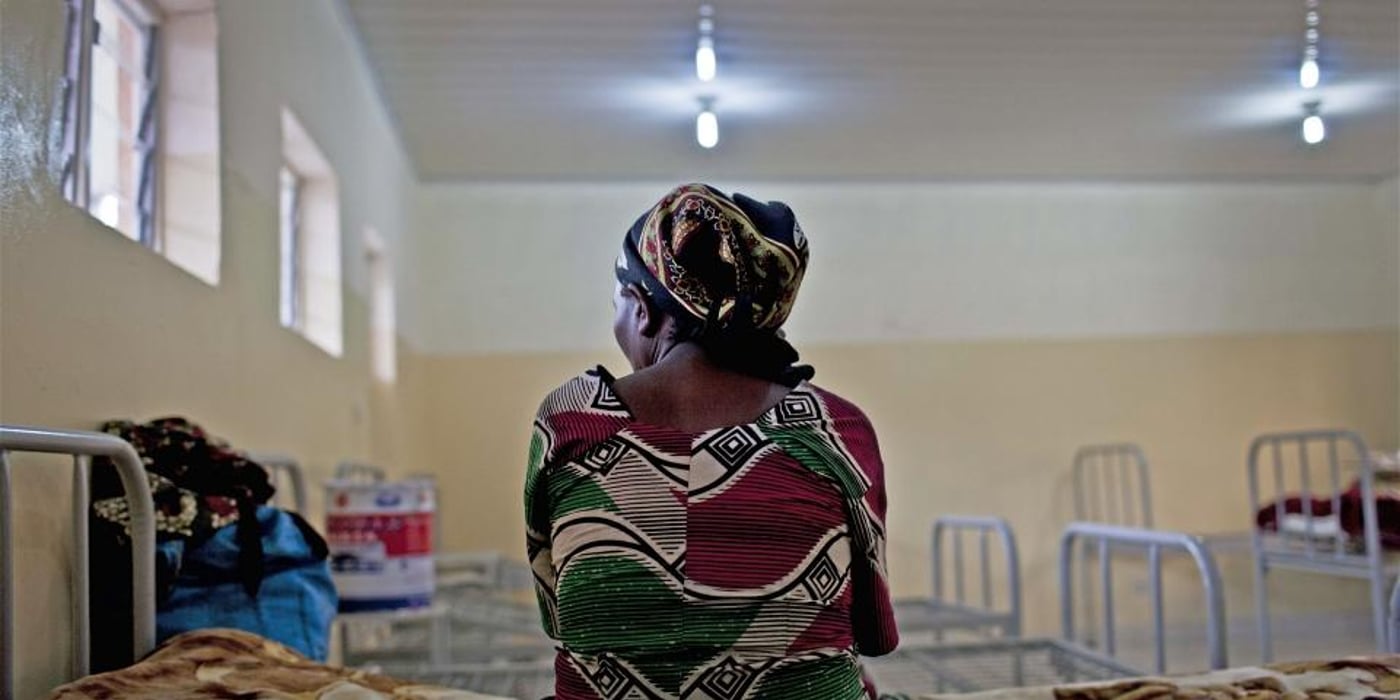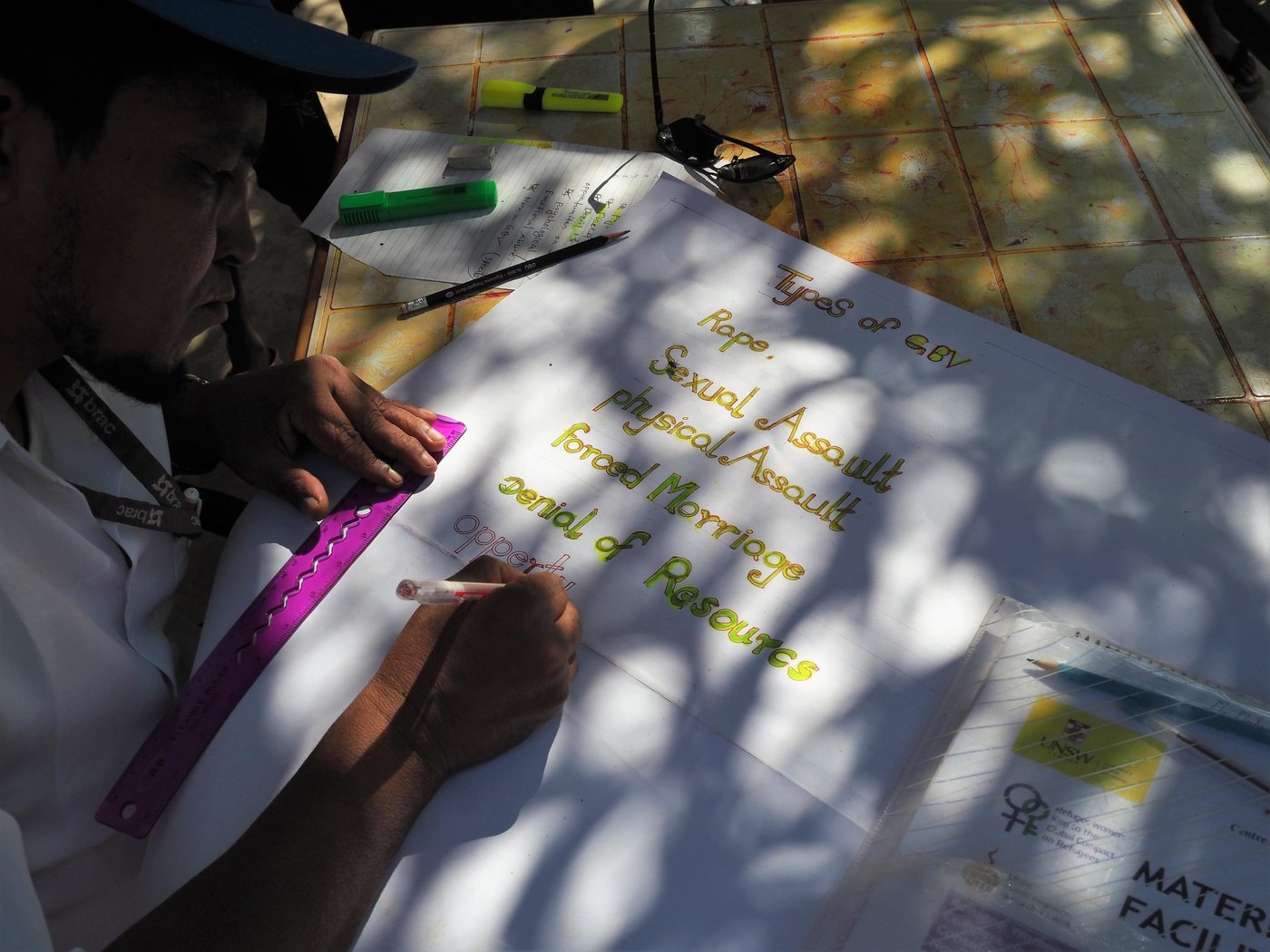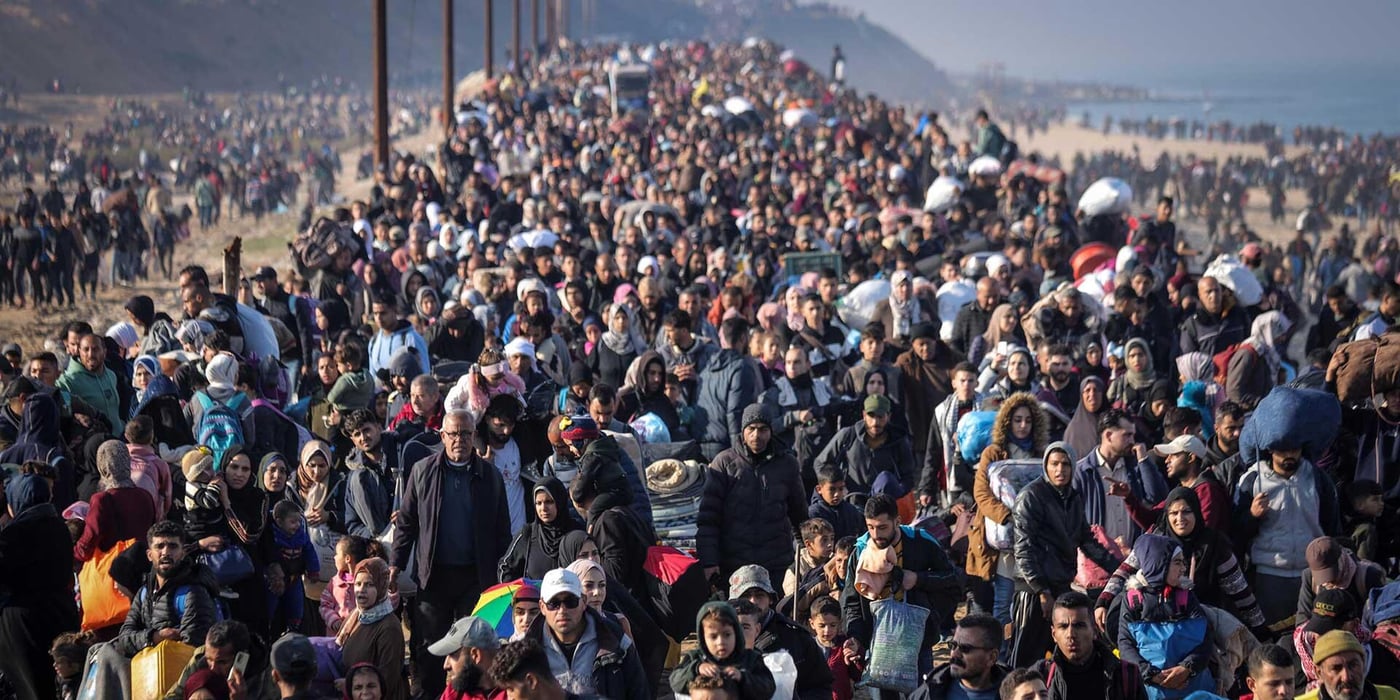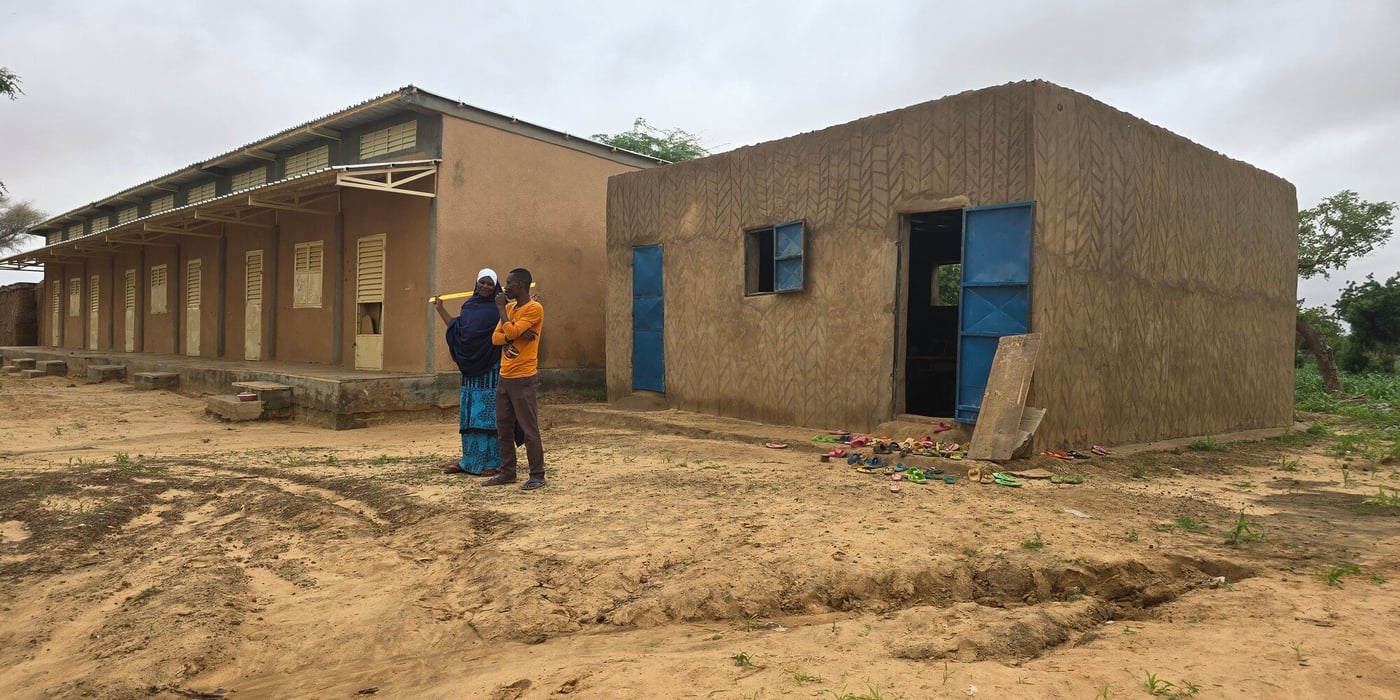
In Cameroon, like in most countries across the globe, violence against women and girls is a preoccupying reality. But such violations are sometimes mistakenly portrayed as being caused by crises, attributing such acts to displacement, presence of government and non-government armed groups, economic hardship, and so on.
Examining data gives a different picture. Gender based violence in Cameroon has been an existing reality prior to the crises, and occurs in areas where guns are silent.
Also, the privacy of the home is, as a matter of fact, the most dangerous place there is for many women. Intimate partner violence prevails as one of the most widespread forms of violence against women and girls.
Looking past disasters
In all, 56.4% of women in Cameroon have suffered emotional and/or sexual violence. Let’s put it straight: Humanitarian situations, be they natural or human-made disasters, don’t generate, but rather exacerbate the rates of gender-based violence.
Such violation is the manifestation of the pervasive, systematic and structural discrimination girls and women face. Discriminations reveal themselves in multiple ways. This is the reason why examining the broader picture of the state of inequalities is critical.
For instance, while 39% of the national Cameroonian population lives below the poverty line, this rate rises to 51.5% for women. Of these, eight out of ten women are underemployed.

This precarious livelihood situation is also reflected by their lack of ownership of the land to cultivate: As little as 1,6% of women own a land title in their name. Access to a plot does not allow them to have control over it, as they have little opportunities to assert their rights.
How could women step out of an abusive relationship when living in a state of economic dependency?
Gender inequality in humanitarian operations
Connecting these dots shows the strong relation there is between gender inequalities, exclusion, and increased vulnerability. Gender inequality, by denying equal rights and opportunities, creates vulnerability.
Continuing discrimination – in education, health care, employment – influences individuals’ access to resources and capital. It impacts how decisions are made at household and community levels. It inevitably makes women and girls more vulnerable to shocks and stresses.
Effective violence prevention and a collective response that uproots its causes and upholds human rights, requires a broader understanding of inequalities. As a humanitarian community, when we do not account for and address gender inequalities, we disregard factors that embed vulnerability for the entire population.

We also miss factors that would enable us to support families and communities to become more resilient. Too often, also, we have pre-conceived views about women and girls’ most pressing gendered needs, often placing our sole focus on their protection concerns.
Not just about protection
Placing gender issues at the center of aid interventions helps rebalance gender injustice.
By analyzing power dynamics and committing to shift unequal power relations, humanitarian actors can bring transformation. They can use spontaneous opportunities and short-term intervention windows to address some of the root causes of inequality; sustainably influencing unequal customs and practices and generating social change.
Preventing gender-based violence, particularly the one taking place behind closed doors, requires a concerted effort from all actors – not just the protection sector. Reinforcing women’s socio-economic agency and autonomy and making it clear that a life free from violence is a benefit for all, requires a collective engagement.
It is about ensuring that women have a voice in decisions making and supporting their economic self-sufficiency. It is also about mobilizing boys and men to challenge harmful masculine norms that favor violence over dialogue and respect, among others.



